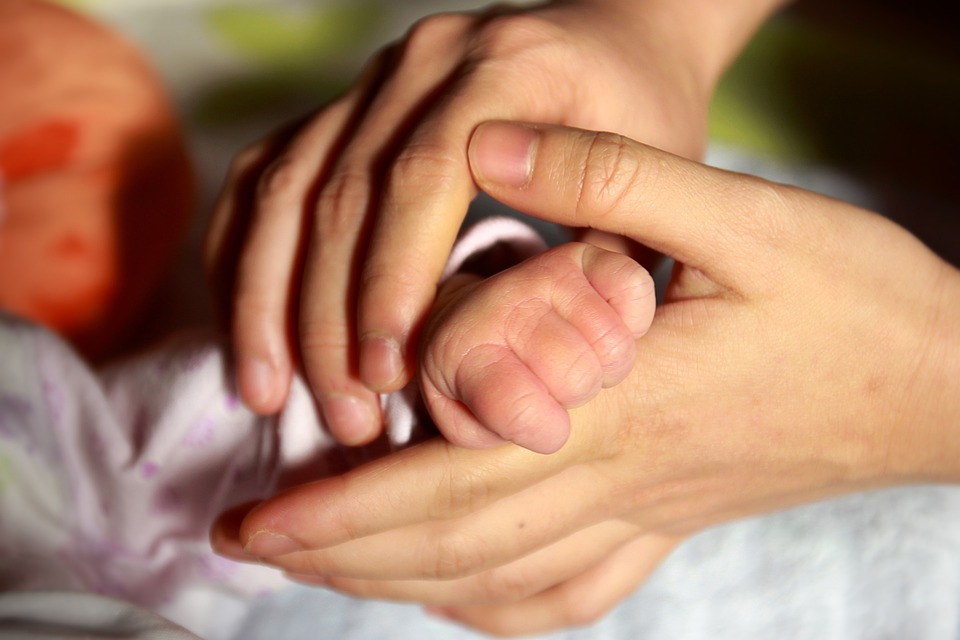Being a parent comes with its own set of challenges, but when your child is diagnosed with craniosynostosis, it can feel overwhelming and scary. As a parent who has gone through this experience, I want to share my perspective and offer some advice to other parents who may be coping with the same diagnosis.
Understanding Craniosynostosis
Craniosynostosis is a condition in which the sutures in a baby’s skull close too early, causing problems with brain growth and head shape. It can be a difficult diagnosis to hear, but it’s important to remember that there are treatment options available and that many children with craniosynostosis go on to live happy, healthy lives.
Emotional Rollercoaster
When I first learned about my child’s craniosynostosis, I went through a range of emotions. I felt scared, guilty, and overwhelmed. It’s okay to have these feelings, and it’s important to give yourself permission to experience them. Don’t be afraid to reach out for support from friends, family, or a therapist. Talking about your feelings can help you cope with the stress and uncertainty that come with this diagnosis.
Educate Yourself
After the initial shock wore off, I found it helpful to educate myself about craniosynostosis. Understanding the condition, treatment options, and potential outcomes helped me feel more empowered and in control. Your child’s healthcare team can provide you with resources and information, and connecting with other parents who have been through similar experiences can also be incredibly valuable.
Supporting Your Child
As a parent, it’s natural to want to do everything you can to help your child. Depending on your child’s specific situation, treatment for craniosynostosis may include surgery, helmet therapy, or a combination of both. It’s important to work closely with your child’s healthcare providers to develop a treatment plan that is best for your child. Remember that you are your child’s biggest advocate, and it’s okay to ask questions and seek second opinions.
Take Care of Yourself
Caring for a child with craniosynostosis can be physically and emotionally draining. It’s important to prioritize self-care and make time for activities that help you recharge. Whether it’s going for a walk, practicing yoga, or simply taking a few moments to breathe deeply, finding ways to reduce your own stress will benefit both you and your child.
Conclusion
Coping with craniosynostosis is not easy, but as a parent, you are stronger and more resilient than you may realize. Remember that it’s okay to seek support, educate yourself, and take care of yourself during this challenging time. You are not alone, and there is hope for the future.
FAQs
What causes craniosynostosis?
Craniosynostosis can be caused by genetic factors, or it may occur randomly. In some cases, it may be associated with certain syndromes or metabolic disorders.
How is craniosynostosis treated?
Treatment for craniosynostosis may include surgery to reshape the skull and allow for brain growth, helmet therapy to help guide head shape, or a combination of both. The specific treatment plan will depend on the severity and type of craniosynostosis.
Will my child have long-term effects from craniosynostosis?
With proper treatment, many children with craniosynostosis go on to live healthy lives without long-term effects. However, it’s important to closely follow your child’s healthcare team’s recommendations and monitor their progress as they grow.
[ad_2]
















コメント